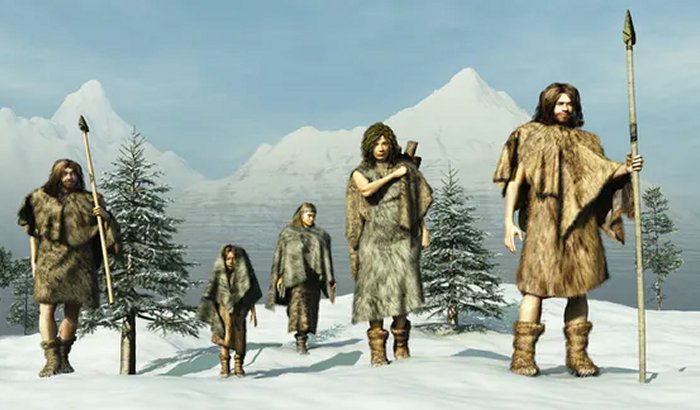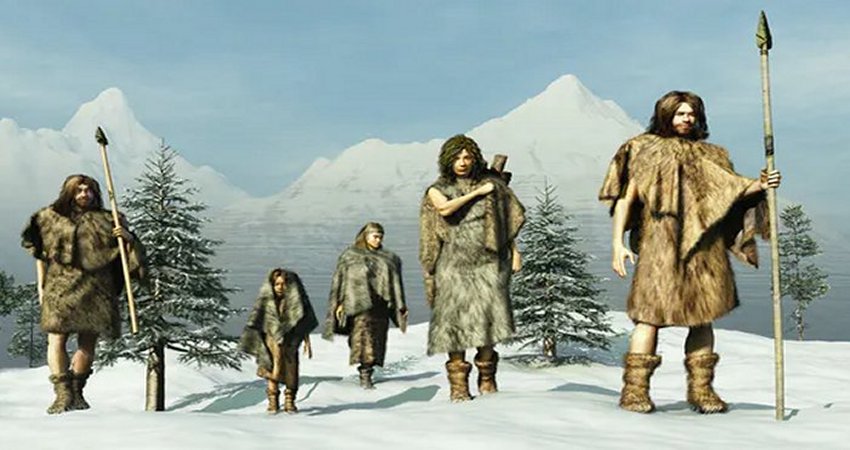Conny Waters – MessageToEagle.com – Now, we can learn more about the culinary traditions of prehistoric hunter-gatherers that lived in the Baltic region as far back as 7,000 years ago.
An international team of researchers analyzed over 500 hunter-gatherer vessels from 61 archaeological sites throughout the Baltic region ad discovered that these people had culturally distinct cuisines.

“People are often surprised to learn that hunter-gatherers used pottery to store, process and cook food, as carrying cumbersome ceramic vessels seems inconsistent with a nomadic lifestyle,” a lead author of the study, Dr. Harry Robson from the Department of Archaeology at the University of York, said.
“Our study looked at how this pottery was used and found evidence of a rich variety of foods and culinary traditions in different hunter-gatherer groups.”
The team found evidence of remarkable contrasts in food preferences and culinary practices between different groups -even in areas where there was a similar availability of resources.
Ceramic pottery was for storing and preparing foods ranging from marine fish, seal, and beaver to wild boar, bear, deer, freshwater fish hazelnuts, and plants.
The study also shows that the culinary tastes of ancient people were not only dictated by the foods available in a particular area, but also in agreement with the traditions and habits of cultural groups.
Unexpected evidence of dairy products in some of the pottery vessels, suggesting that some hunter-gatherer groups were interacting with early farmers to obtain this resource, surprised the researchers.
According to Robson, “the presence of dairy fats in several hunter-gatherer vessels was an unexpected example of culinary ‘cultural fusion’. The discovery has implications for our understanding of the transition from hunter-gatherer lifestyles to early farming and demonstrates that this commodity was either exchanged or perhaps even looted from nearby farmers.”
Lead author of the study, Dr. Blandine Courel from the British Museum, added: “Despite a common biota that provided lots of marine and terrestrial resources for their livelihoods, hunter-gatherer communities around the Baltic Sea basin did not use pottery for the same purpose.
The study suggests that cooking practices of these prehistoric people related to their traditions and cultural habits rather than environmental constraints.
“Chemical analysis of the remains of foods and natural products prepared in pottery has already revolutionized our understanding of early agricultural societies; we are now seeing these methods being rolled out to study prehistoric hunter-gatherer pottery,” Professor Oliver Craig from the Department of Archaeology at the University of York, said in a press release.
“The results suggest that they too had complex and culturally distinct cuisines.”
Written by Conny Waters – MessageToEagle.com – AncientPages.com Staff Writer







